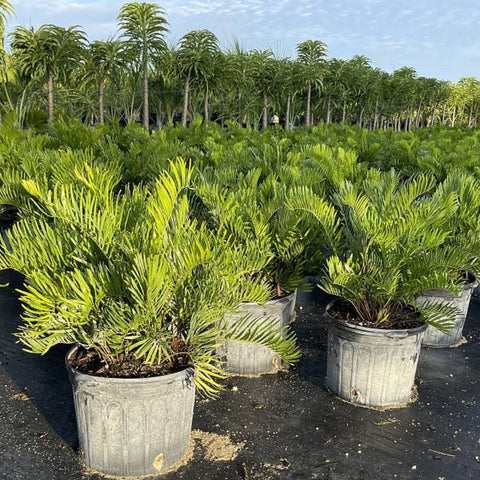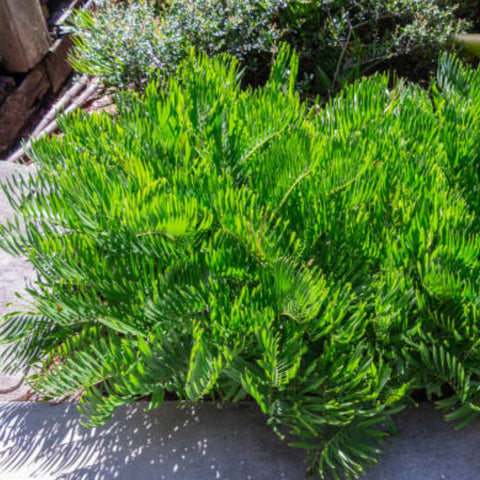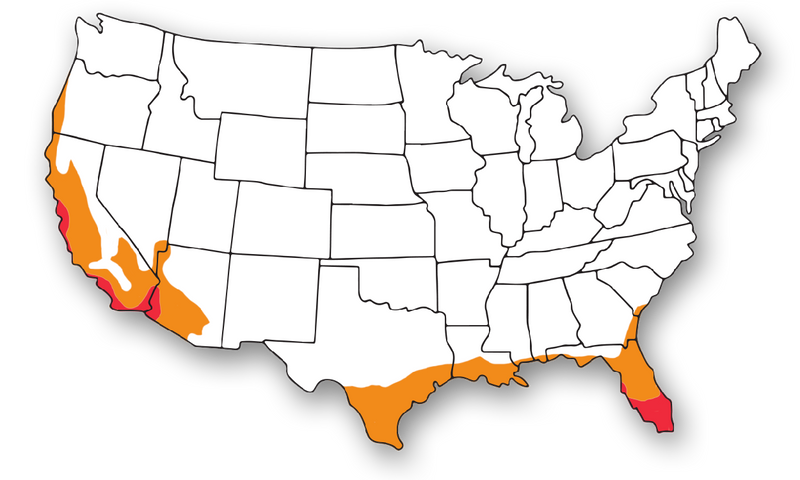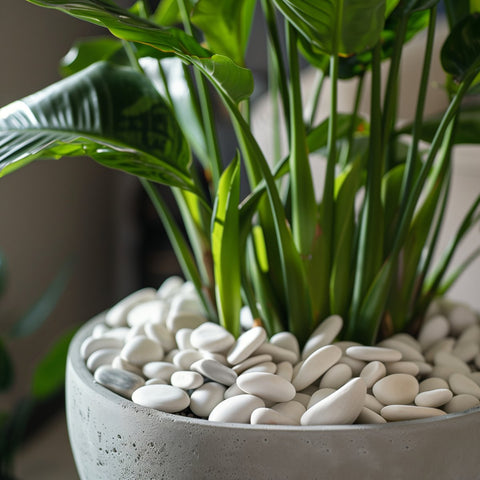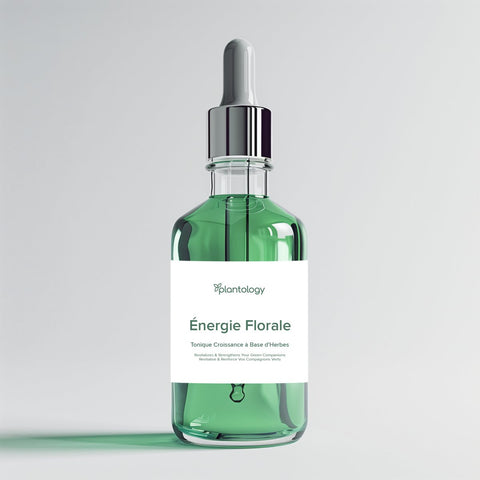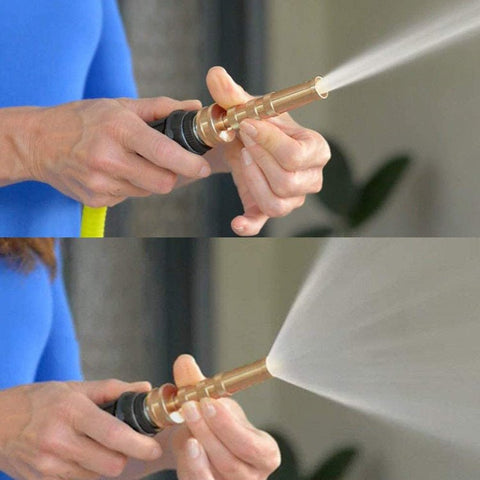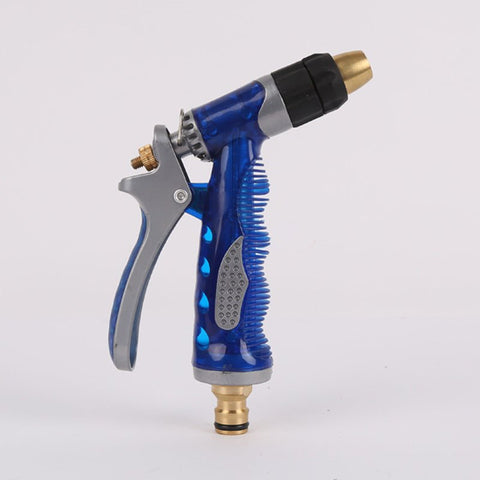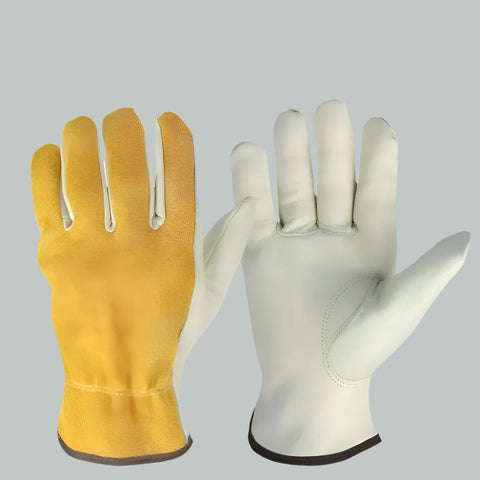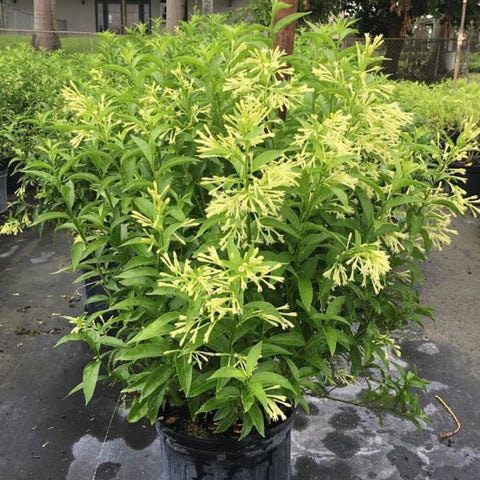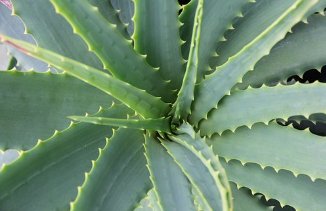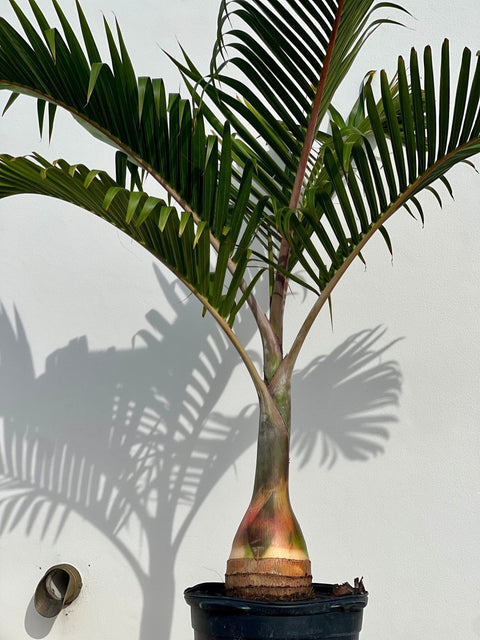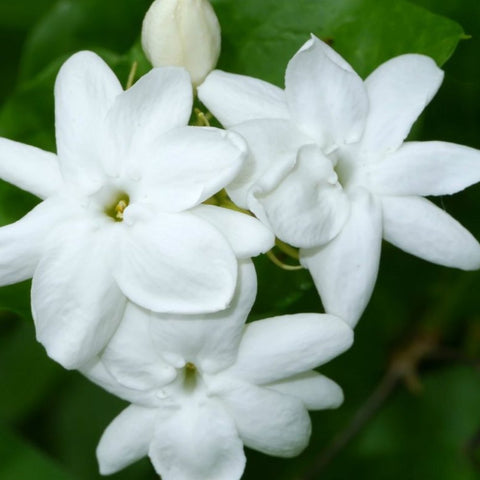Embrace the Unique Charm of Zamia integrifolia
Indulge in the unique charm of Palm Coontie (Zamia integrifolia), a fascinating plant that captivates with its tropical appearance and ancient lineage. With its distinctive foliage and adaptability, this remarkable plant brings a touch of natural allure and botanical interest to any garden or landscape.
How to Grow Palm Coontie
Cultivating Palm Coontie is a rewarding endeavor. Follow these essential guidelines for successful growth:
- Choose a location for your Palm Coontie that receives partial shade to full sun, as it adapts well to different light conditions.
- Plant it in well-draining soil that is rich in organic matter, providing a fertile and nutrient-rich environment.
- Water the plant regularly, allowing the soil to dry out partially between waterings.
- Maintain moderate room temperature between 60°F to 80°F (15°C to 27°C) for optimal growth.
- Protect the plant from frost or freezing temperatures, as it prefers a warm climate.
Care Tips
Nurture your Palm Coontie with care and attention using these essential care tips:
- Water the plant deeply but infrequently, allowing the top inch of soil to dry out between waterings.
- Provide moderate humidity levels by misting the leaves or placing the plant on a humidity tray.
- Fertilize the plant with a balanced slow-release fertilizer in spring and mid-summer to promote healthy growth.
- Monitor the plant for any signs of pests, such as mealybugs or scale insects, and take appropriate action if necessary.
Uses
Explore the versatile uses of Palm Coontie to enhance your garden or landscape:
- Plant it as an ornamental accent, showcasing its unique foliage and adding a tropical touch to your garden.
- Utilize it in native or naturalistic landscapes, as Palm Coontie is native to certain regions and contributes to local biodiversity.
- Combine it with other tropical or subtropical plants to create visually stunning and harmonious plant compositions.
Planting Tips
Ensure successful planting of Palm Coontie with these tips:
- Choose a well-draining location with good airflow to prevent the development of fungal diseases.
- Dig a hole slightly larger than the plant's root ball and plant it at the same level it was growing in its nursery container.
- Backfill the hole with well-draining soil, gently firming it around the roots to provide stability.
- Water the plant thoroughly after planting to settle the soil and aid in root establishment.
Maintenance
Maintaining the beauty and vitality of your Palm Coontie is effortless with these maintenance tips:
- Remove any yellow or damaged fronds to maintain the plant's appearance and redirect energy towards new growth.
- Monitor the plant for any signs of pests or diseases, and take prompt action if necessary.
- Apply a layer of organic mulch around the base of the plant to help retain moisture and suppress weed growth.
Embrace the unique charm of Palm Coontie as it adds a touch of tropical allure to your garden or landscape.
Frequently asked questions
When purchasing Zamia Coontie Palm (Zamia Integrifolia), there are several ways to maximize cost-effectiveness and ensure you get the best value for your money. Here are some actionable tips to help you make a smart buying decision. First, consider buying Zamia Coontie Palm from reputable nurseries or online retailers that offer competitive prices. Compare prices from different sources to find the best deal without compromising on quality. Look for sales, discounts, or promotions that can help you save money on your purchase. Another way to maximize cost-effectiveness is to buy Zamia Coontie Palm in bulk or larger sizes. Purchasing multiple plants at once or opting for larger specimens can often result in cost savings per plant. Additionally, buying mature plants can save you time and money compared to starting with smaller, younger plants that may take longer to grow. In conclusion, maximizing cost-effectiveness when purchasing Zamia Coontie Palm involves researching prices, buying from reputable sources, considering bulk or larger sizes, and taking advantage of sales or promotions. By following these tips, you can get the most value out of your purchase while adding a beautiful and unique plant to your collection.
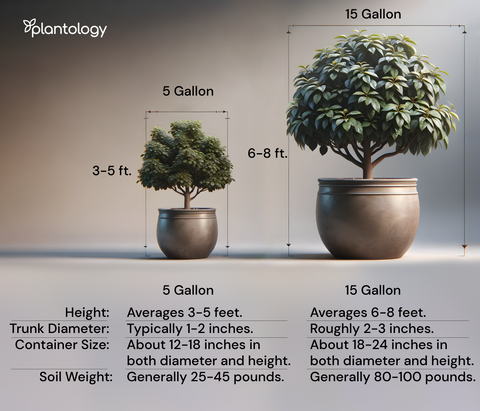
Free Shipping Over $150
Only $12 flat rate on orders under $150
Healthy Arrival Guarantee
Plants arrive healthy or we replace them free

